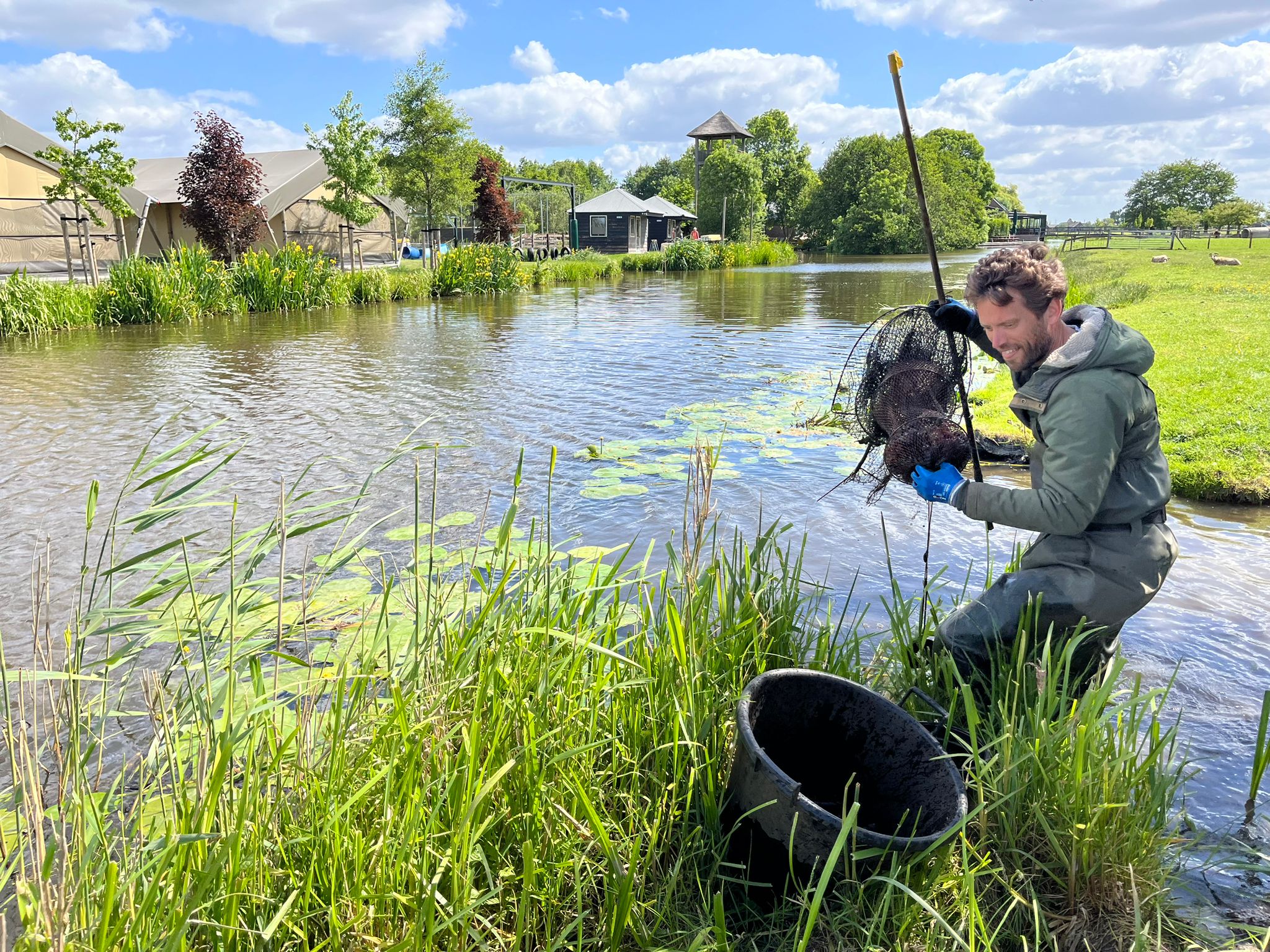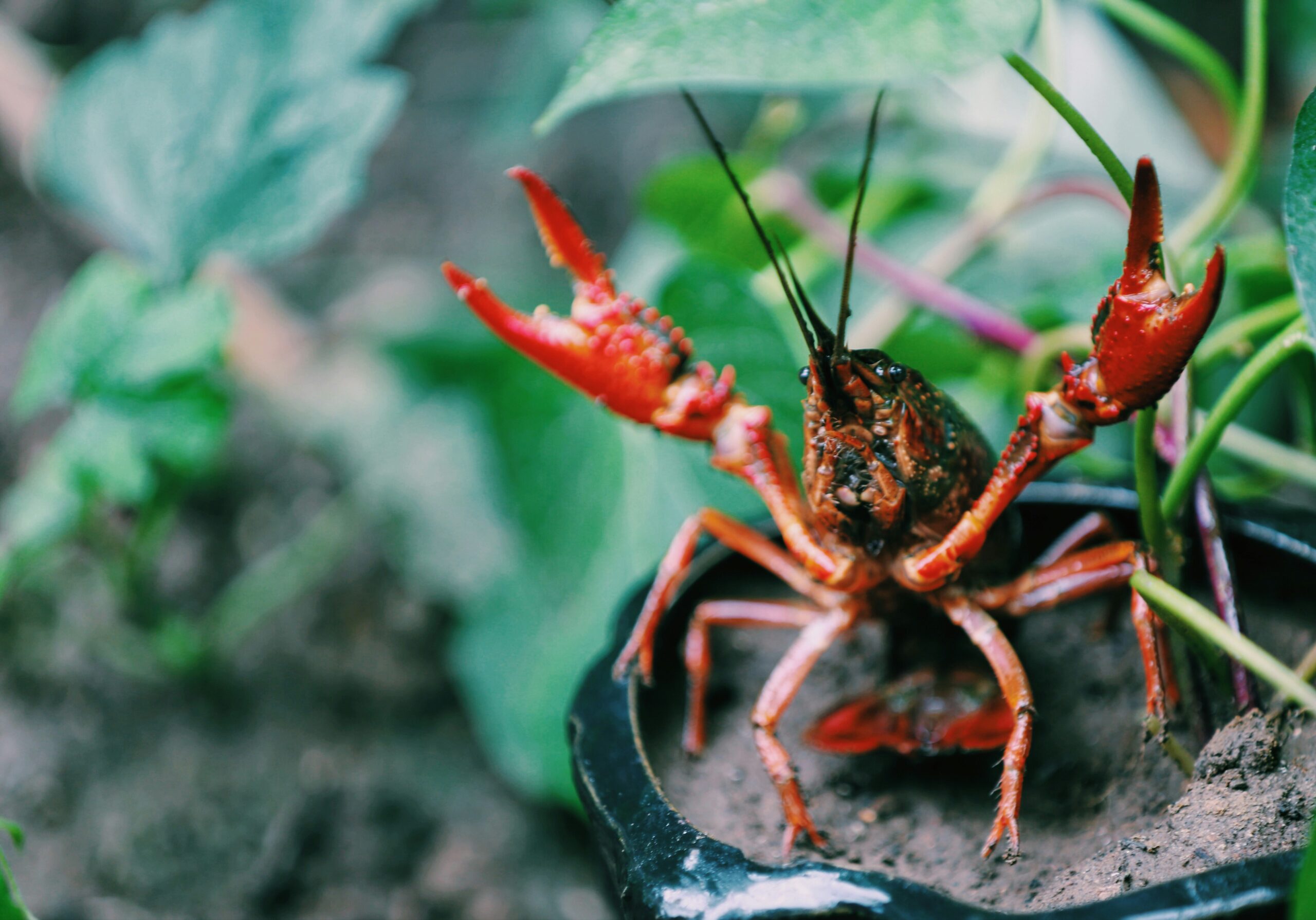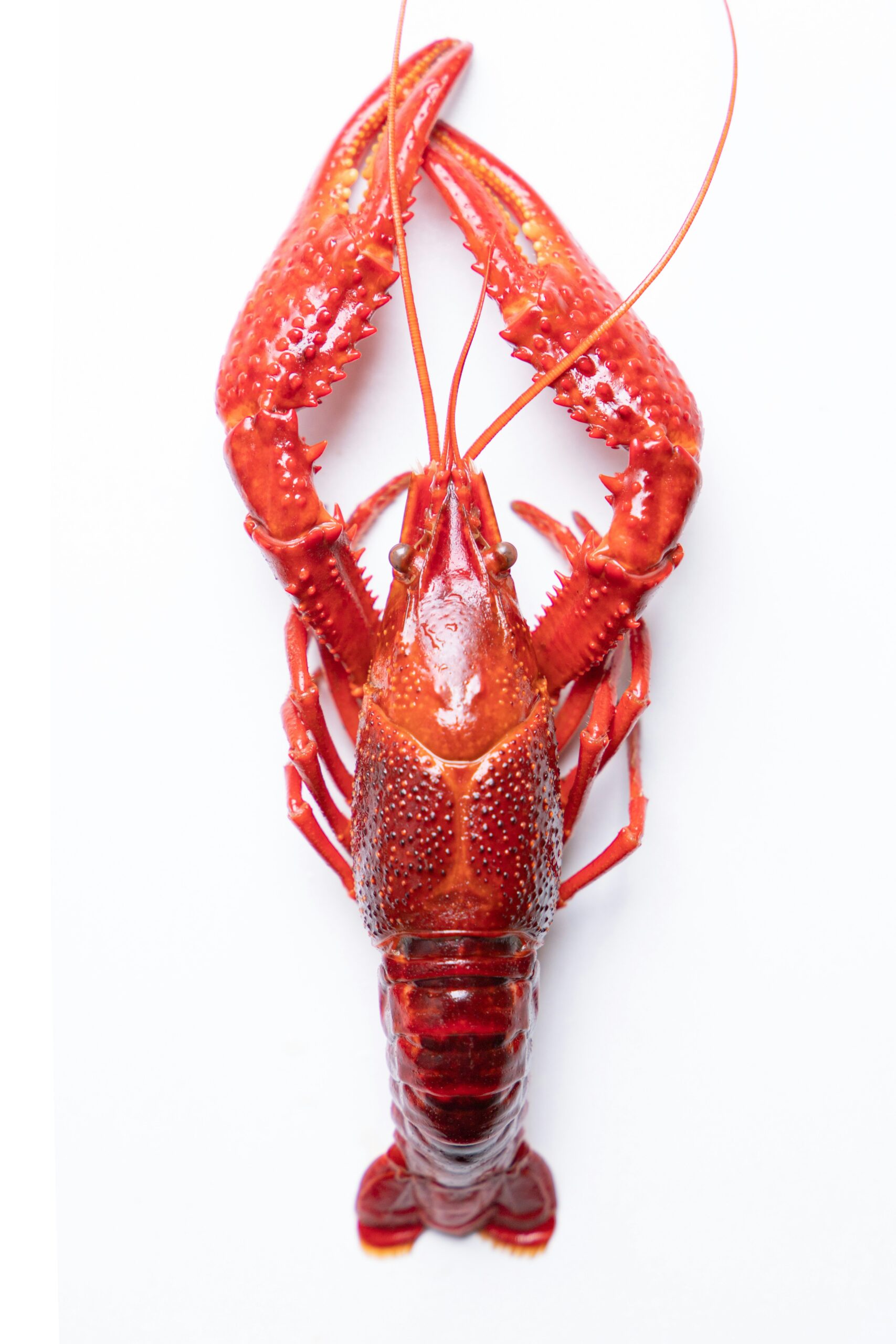
🦞 Looking for more variety in your work? Take on the adventure and become a part-time crayfisherman!
A few years ago I noticed it myself: I was too much inside, too often behind a screen. Whereas I

The American crayfish is a growing problem in Dutch waters. This invasive exotic species, probably introduced in the 1980s through the hospitality industry, has spread at lightning speed. With a population estimated at nearly a billion, the species causes significant damage to aquatic plants, banks and native fauna. They dig burrows in banks, eat eggs of fish and amphibians and cut down aquatic plants, leading to deterioration of ecological water quality.
A promising trial has begun in Leiden to control this pest naturally. Together with the Rijnland Water Board and research firm ATKB, steep banks have been flattened to create nature-friendly banks. The idea behind this is that crayfish are less able to dig burrows in these modified banks, while natural enemies such as birds and fish have easier access to their prey. This approach not only appears to reduce the crayfish population, but also helps strengthen biodiversity and prevent bank erosion.
To monitor the effectiveness of this measure, crayfish are captured at set times, marked with a fluorescent tag under the tail and returned. By counting, measuring and weighing both marked and unmarked crayfish, researchers can accurately track population dynamics and evaluate the success of the wildlife-friendly banks.
This trial shows that natural solutions can be effective in controlling invasive species. At CrawFish Farm Holland, we applaud such initiatives and remain committed to sustainable methods to minimize the impact of American crayfish.
Source: Vroege Vogels – BNNVARA

A few years ago I noticed it myself: I was too much inside, too often behind a screen. Whereas I

Learn how to easily peel your own crayfish by hand and discover what that yellow or orange goodness is inside the lobster. Tips, explanations and tasty facts from CFFH!